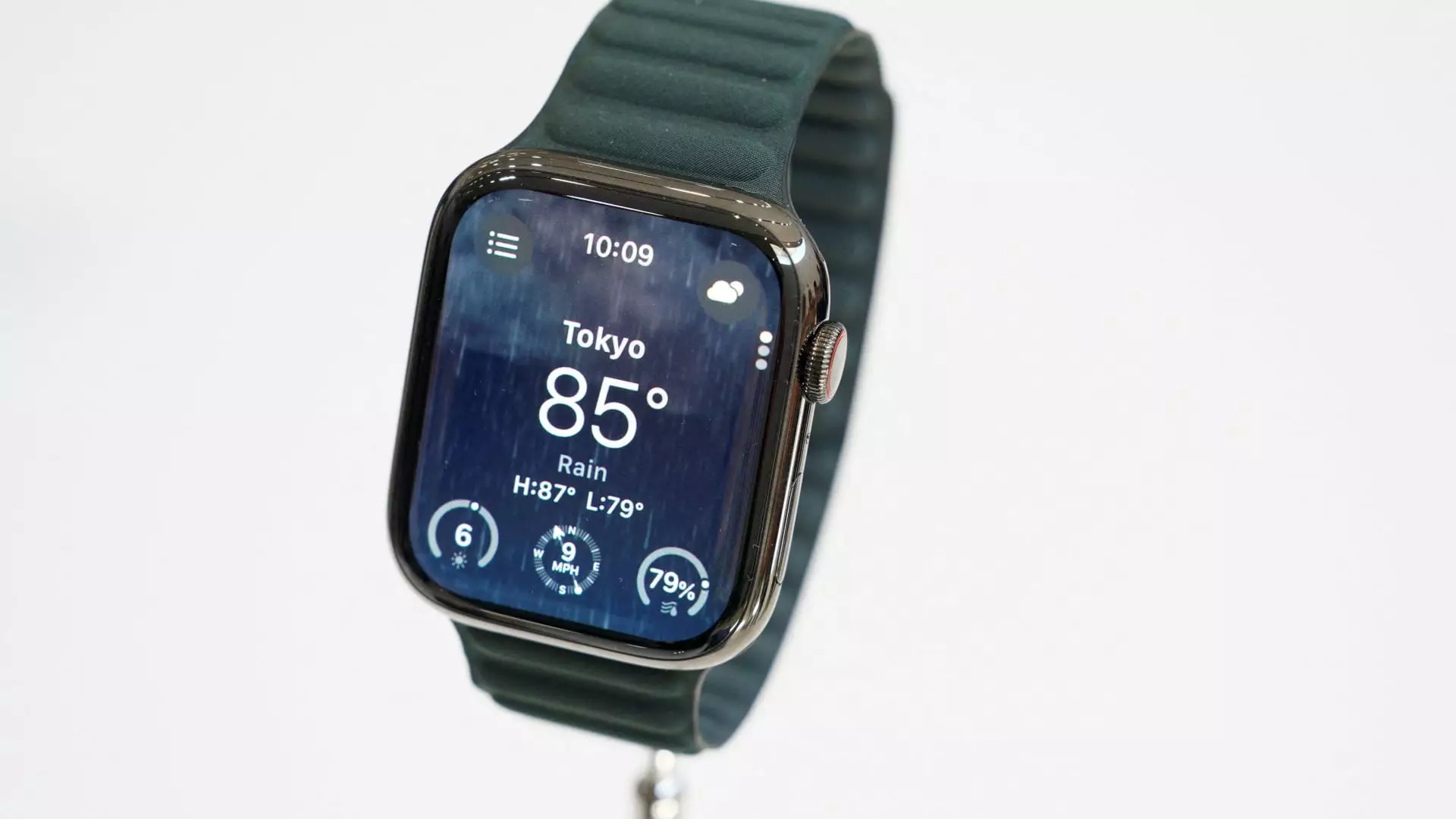The anticipation surrounding each new iteration of the Apple Watch remains high, and the upcoming release of the Apple Watch Series 10 on Friday is no exception. Having spent five days testing the new model, I offer an in-depth evaluation of its features, usability, and whether it successfully caters to both newcomers and seasoned enthusiasts. While the initial announcement left some wanting, the Series 10 reveals an attractive blend of minor enhancements that may sway potential buyers.
From the moment I unboxed the Apple Watch Series 10, its sleek and slightly thinner profile stood out. Although the design changes are not revolutionary, they do contribute to a more comfortable wearing experience. The larger screen size is particularly beneficial when engaging with various applications, from messaging to music selection. Having previously used the Apple Watch Series Ultra, I found the enhanced display area to be a noticeable improvement, particularly when it came to replying to messages with more efficiency.
The progression over the years is palpable, and while some may argue that the changes lack the groundbreaking flair one would hope for, they aren’t without merit. The subtle shift in dimensions lends itself to functionality without compromising aesthetics. The overall design choice continues to reflect Apple’s commitment to a minimalist ethos, and that’s a quality worth appreciating.
A standout feature of the Series 10 is its newly designed charging system. The watch can achieve an impressive 80% charge within 30 minutes, a factor that eases daily usage. Most people lead busy lives, so the convenience of rapid charging cannot be understated. Yet, while I value this improvement, the overall battery life remains stagnant at 18 hours. In a world where prolonged battery performance is increasingly vital, especially for dedicated athletes or frequent travelers, the limitation could prove frustrating.
When juxtaposed with other offerings like the Apple Watch Ultra, which boasts up to 36 hours of battery life, the Series 10’s numbers feel inadequate. Although the convenience of quick charges is a boon, the demand for longer-lasting power is becoming more pressing with each new model. There is an underlying tension within Apple’s cycle of innovation, as I find myself concerned that consumers investing in the Series 10 may soon wish for capabilities that could have been anticipated.
One of the more compelling additions to the Series 10 is its potential for health monitoring, particularly with the newly approved sleep apnea detection feature. This capability offers promising benefits for those dealing with sleep disturbances, and it fosters a connection between Apple and the healthcare community. The reality, however, is that an ambitious user curious about comprehensive health tracking may find the health advancements modest in the grand scheme of things.
Apple is known for setting benchmarks in health technology, but the absence of major updates such as blood glucose or pressure monitoring gives one pause. While I didn’t expect these features to debut this year, potential buyers have to weigh the prospect of purchasing a device on the cusp of obsolescence. The motivation to enhance one’s health is compelling; hence, the Set-in-Place elements of the Series 10 may leave some consumers feeling a tad underwhelmed.
Apple has made a notable shift in material choice for its higher-end models, moving from stainless steel to titanium. As someone who appreciates aesthetics, the lighter and shinier titanium model stood out to me. The visual flair of the black aluminum offers a luxurious feel while maintaining its price point at $399. However, it leaves open the question: is the design aspect truly what buyers prioritize when purchasing a smartwatch?
Arguably, for many potential buyers, a beautiful design is secondary to functionality and longevity. But Apple’s aesthetic appeal remains a significant selling point, and with the Series 10, it achieves a balance that could sway fashion-conscious consumers who also desire practical features.
Ultimately, the Apple Watch Series 10 seems positioned to attract first-time buyers. Offering a host of upgrades, from a new chip to a sleeker design and improved charging, it provides enough value to warrant consideration. However, existing users of the Apple Watch Series 6 and older might need to carefully assess whether the enhancements meet their expectations for an upgrade.
While the Series 10 is undoubtedly a refined product in Apple’s long-standing smartwatch lineage, its capability to resonate with seasoned users remains less clear. Those on the fence about upgrading may find themselves at a crossroads, weighing current offerings against the prospect of future advancements. As the landscape of wearable technology continues to evolve, the Apple Watch Series 10 stands as a testament to thoughtful design—a worthy consideration, but perhaps not revolutionary enough for everyone.

